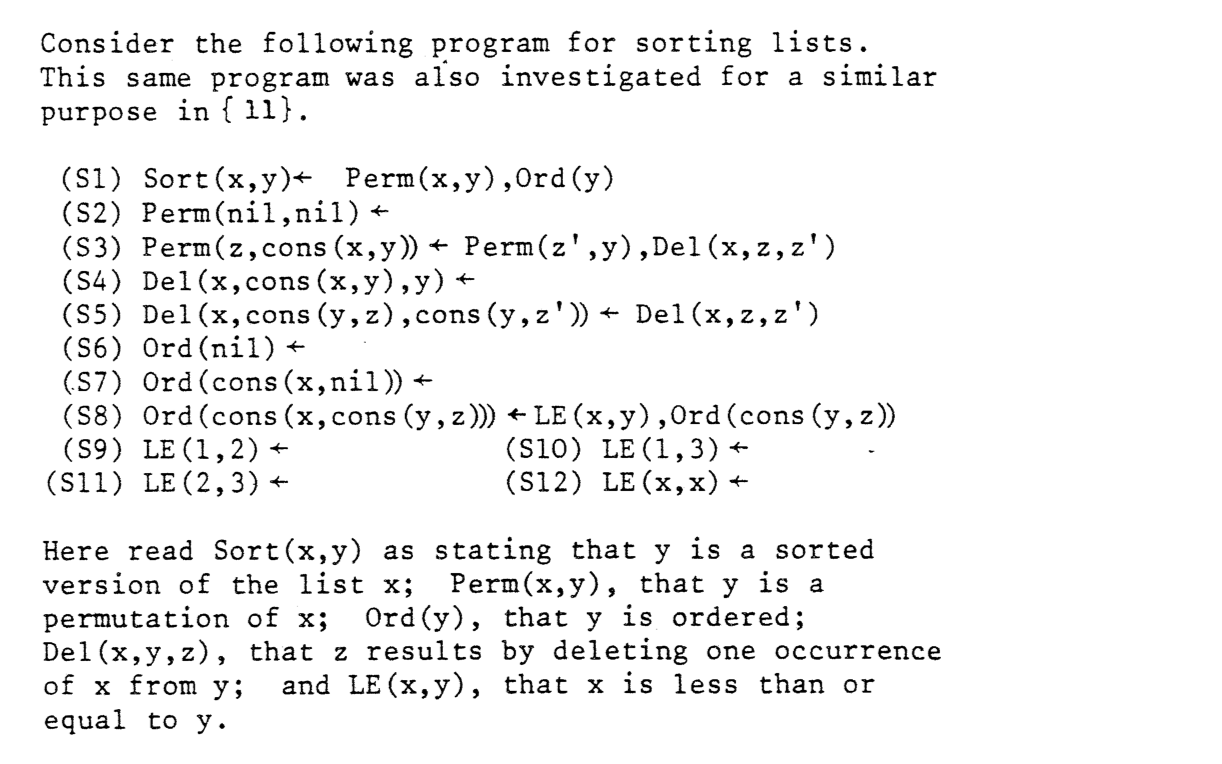To solve non-termination, you can add same_length/2 to sorted/2 as @false suggested:
sorted(X, Y) :-
same_length(X, Y),
permuted(X, Y),
ordered(Y).
same_length([], []).
same_length([_|Xs], [_|Ys]) :-
same_length(Xs, Ys).
Or you may embed it into permuted/2 by adding a new argument:
sorted(X, Y) :-
permuted(X, X, Y),
ordered(Y).
permuted([], [], []).
permuted(U, [_|L1], [V|W]) :-
permuted(X, L1, W),
deleted(V, U, X).
The program will still return duplicates as it only sees one item at a time.
To solve duplication, you can either generate all permutations and discard the repeated ones (which is not efficient), or only generate distinct permutations. The following modification does the latter by taking the idea of the recursive procedure permuted/2 + deleted/2 which for each item puts it at the beginning of the list and does a recursive call on the remaining list, and changes it to another recursive procedure permuted_all/2 + deleted_all/2 which for each group of same items puts them at the beginning of the list and does a recursive call on the remaining list. This program uses difference lists for better efficiency:
sorted(X, Y) :-
same_length(X, Y),
permuted_all(X, Y),
ordered(Y).
permuted_all([], []).
permuted_all(U, [V|W]) :-
deleted_all(V, U, X, n-T, [V|W]),
permuted_all(X, T).
% deleted_all(Item, List, Remainder, n-T, Items|T)
deleted_all(_, [], [], y-[X|Xs], [X|Xs]).
deleted_all(X, [V|Y], [V|Y1], y-[X|Xs], Xs1) :-
dif(X, V),
deleted_all(X, Y, Y1, y-[X|Xs], Xs1).
deleted_all(X, [X|Y], Y1, _-Xs, Xs1) :-
deleted_all(X, Y, Y1, y-[X|Xs], Xs1).
deleted_all(U, [V|W], [V|X], n-T, Xs) :-
dif(U, V),
deleted_all(U, W, X, n-T, Xs).
Sample runs:
?- sorted(X, [1, 1, 2]).
X = [1, 2, 1]
; X = [1, 1, 2]
; X = [2, 1, 1]
; false.
?- sorted([2, 1, 1], Y).
Y = [1, 1, 2]
; false.
As per OPs comment asking for a version which does not use difference lists, here goes one which instead obtains the remainder using same_length/2 + append/3 and with added comments:
permuted_all([], []).
permuted_all(U, [V|W]) :-
deleted_all(V, U, X, n, [V|W]),
same_length(X, T), % the remaining list X has the same length as T
append(_, T, [V|W]), % T corresponds to the last items of [V|W]
permuted_all(X, T). % T is a permutation of X
% deleted_all(Item, List, Remainder, n, Items|_)
deleted_all(_, [], [], y, _). % base case
deleted_all(X, [V|Y], [V|Y1], y, Xs1) :-
% recursive step when the current item is not the one we are gathering
dif(X, V),
deleted_all(X, Y, Y1, y, Xs1).
deleted_all(X, [X|Y], Y1, _, [X|Xs1]) :-
% recursive step when the current item is the one we are gathering
deleted_all(X, Y, Y1, y, Xs1).
deleted_all(U, [V|W], [V|X], n, Xs) :-
% recursive step when we have not selected yet the item we will be gathering
dif(U, V),
deleted_all(U, W, X, n, Xs).


sorted/2. – Inapproachablesamelength/2goal tosorted/2solves non-termination! If you want to write an answer I will accept it. – Carleycarli